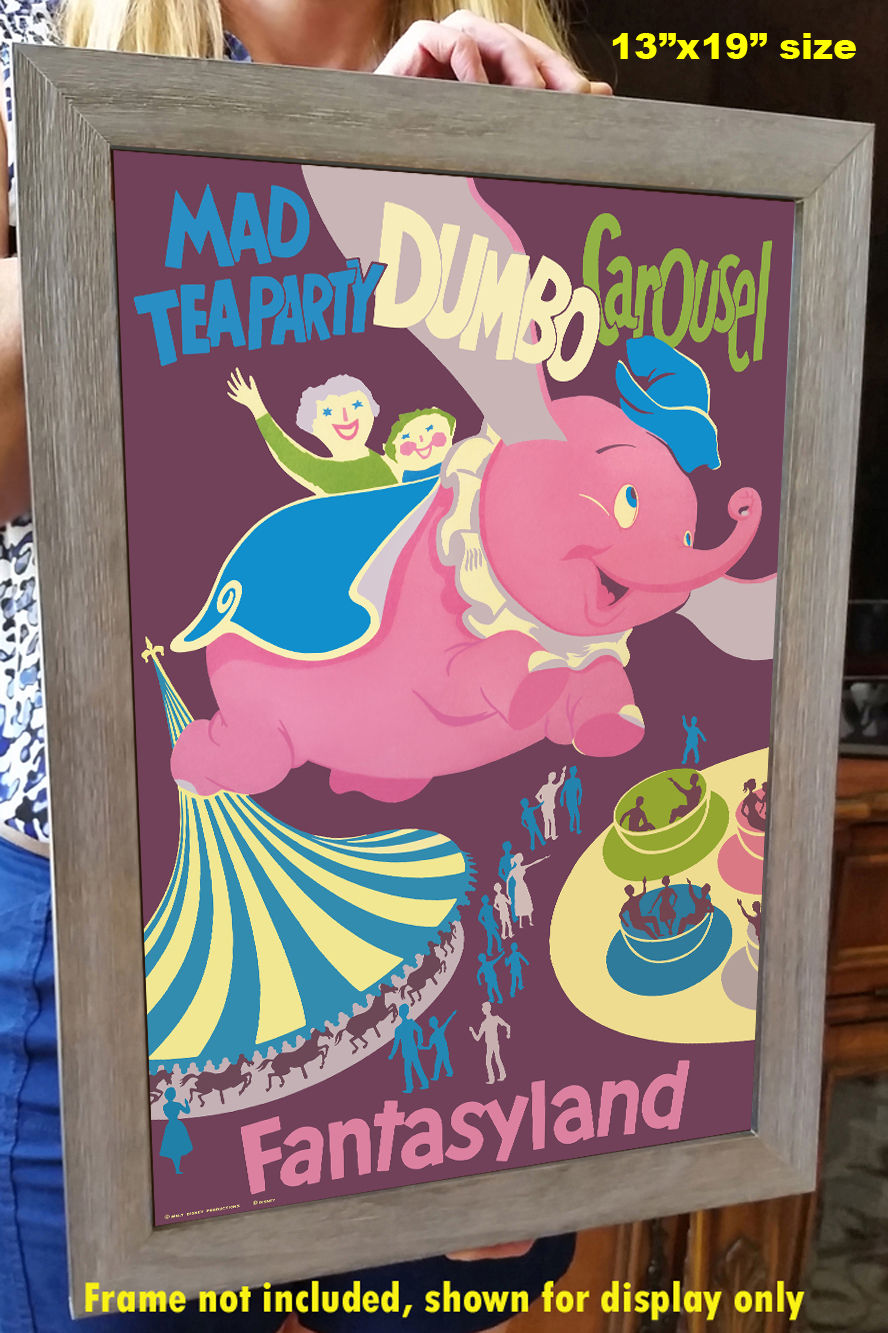This image of Scotty’s Castle in Death Valley National Park has been recreated in the style of the 1930’s WPA posters that encouraged Americans to visit the National Park system.
The vibrant colors and detail of this classic image have been painstakingly brought back to life to preserve a great piece of history.
The high-resolution image is printed on heavy archival photo paper, on a large-format, professional giclée process printer. The poster is shipped in a rigid cardboard tube, and is ready for framing.
The 13"x19" format is an excellent image size that looks great as a stand-alone piece of art, or as a grouped visual statement. These posters require no cutting, trimming, or custom sizing, and a wide variety of 13"x19" frames are readily available at your local craft or hobby retailer, and online.
A great vintage print for your home, shop, or business!
HISTORY OF SCOTTY’S CASTLE & WPA POSTERS
Scotty's Castle (also known as Death Valley Ranch) is a two-story Mission Revival and Spanish Colonial Revival style villa located in the Grapevine Mountains of northern Death Valley in Death Valley National Park, California, US. Scotty's Castle is named for gold prospector Walter E. Scott, although Scott never owned it, nor is it an actual castle.
The ranch is located about 45 miles north of Stovepipe Wells, California, via California State Route 190 to Scotty's Castle Road, or about a three-hour drive from Las Vegas, Nevada.
Construction on Scotty's Castle began in 1922, and cost between $1.5 and $2.5 million.
Prospector, performer, and con man Walter Scott, born in Cynthiana, Kentucky, also known as "Death Valley Scotty," convinced Chicago millionaire Albert Mussey Johnson to invest in Scott's gold mine in the Death Valley area. Though initially angered when the mine turned out to be fraudulent, Johnson was fascinated with the colorful Scott, and the two men struck up an unlikely friendship. By 1937, Johnson had acquired more than 1,500 acres in Grapevine Canyon, where the ranch is located.
After Johnson and his wife Bessie made several trips to the region, and his health improved, construction began. The Johnsons hired Martin de Dubovay as the architect, Mat Roy Thompson as the engineer and head of construction, and Charles Alexander MacNeilledge as the designer.
Unknown to the Johnsons, the initial survey was incorrect, and the land they built Death Valley Ranch on was actually government land; their land was farther up Grapevine Canyon. Construction halted as they resolved this mistake, but before it could resume, the stock market crashed in 1929, making it difficult for Johnson to finish construction.
The Johnsons died without heirs and had hoped that the National Park Service would purchase the property, and in 1970, the National Park Service purchased the villa for $850,000 from the Gospel Foundation (the socially-oriented charity Johnson founded in 1946), to which the Johnsons had left the property. Walter Scott, who was taken care of by the Gospel Foundation after Johnson's passing, died in 1954 and was buried on the hill overlooking Scotty's Castle next to a beloved dog.
The Works Progress Administration (WPA; renamed in 1939 as the Work Projects Administration) was an American New Deal agency, employing millions of job-seekers (mostly unskilled men) to carry out public works projects, including the construction of public buildings and roads. The WPA commissioned artists to create posters and advertisements for everything from local city projects, to national parks.
top of page
$19.95Price
These are simply the best posters available! You will be thrilled with the image quality, vivid colors, fine paper, and unique subjects.
Our posters are sized for standard off-the-shelf frames, with no custom framing required, providing huge cost savings!
Related Products
bottom of page
































